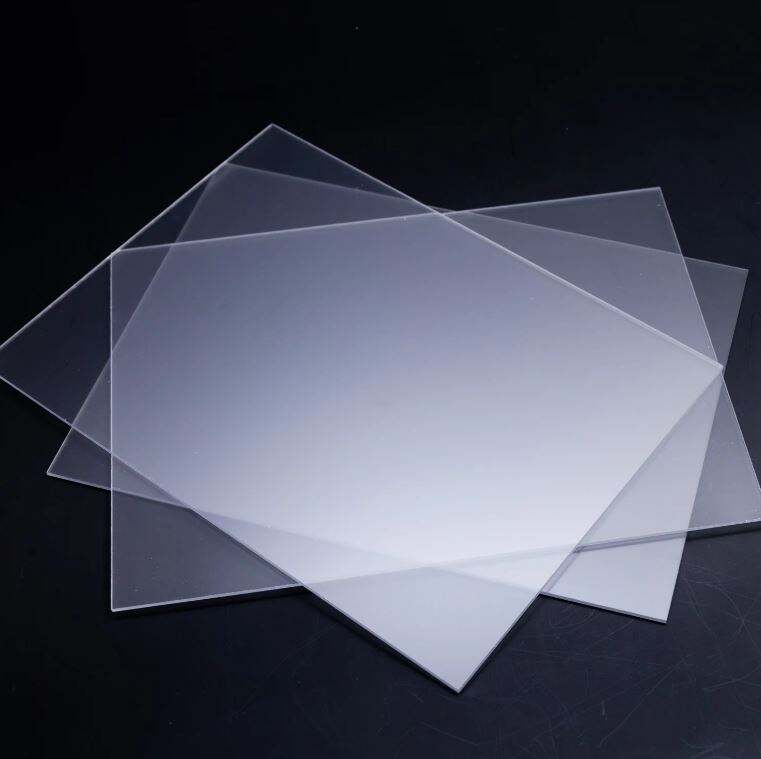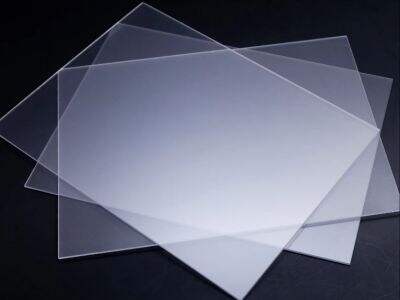Why Anti-Static Plastic Partitions Are Perfect for Cleanrooms?
Advantages of Using Anti-Static Plastic Partitions in Cleanrooms
Anti-static plastic partitions by Andisco are plastic based products that possess properties that enable them to resist the accumulation of static electricity. None of them are fixed in a room or a laboratory where handling of electronic gadgets or volatile chemicals takes place. Anti-static plastics can offer the following benefits in cleanroom environments: Anti-static plastics can offer the following benefits in cleanroom environments:
- Prevent ESD Damage: Anti-statics plastics work by releasing the electrostatic charges instead of building them up thereby minimizing the chances of ESD on sensitive electronics like micro-chip boards and computer related items. Components or products that might easily be affected by static electricity have to be packed and stored in a static-proof manner.
- Improve Workplace Safety: By using the anti-static plastic partitions, it becomes easier to minimize risks like fires or explosion that are likely to occur with the use of highly flammable chemicals and explosives.
- Easy to Clean: Anti-static plastics do not attract dust or dirt on surfaces, and as such, they only require wiping or washing to clean. They keep the environment very clean and move away from the normal life environment which may contain bacteria necessary in medical laboratories.

Innovations in Anti-Static Plastic Partitions
From time to time, inventors involved in the manufacturing of plastics have been able to design anti-static plastics for use by different individuals. One of the main subcategories of anti-static plastics is the chemically-resistant polycarbonate that also is heat and impact-resistant. Another material kind of anti-static plastic partition that seems to be slowly becoming preferable for cleanrooms is Casting Acrylic. This type of plastic costs less, weighs less, and has fewer haze and yellowing issues than polycarbonate. The newest anti-static plastics are those that are made of a combination of composite material; the end product has an electrostatic dissipative coating whereby the substrate is of plastic material.
Safety Concerns Regarding Cleanroom Use
Any activities that are conducted in the cleanroom are strictly regulated in terms of the safety of people and the protection of the environment. A cleanroom environment therefore can be described as a setting whereby ensuring quality, safety and reliability of the final product cannot be over emphasized. Contamination of any sort can result in a failure of the product or even a disastrous event in people’s lives. Working and flying anti-static plastic partitions utilized electrostatic dissipative features that keep possible risks in cleanrooms at bay. Through employing these plastic partitions, there is increased safety of the personnel and favorable environmental status is upheld.
How to Use Anti-Static Plastic Partitions in Cleanrooms
When it comes to the installation and maintenance of the anti-static plastic partitions there are few guidelines that users have to be aware of to obtain the best results. It also important to ensure that positions where the plastic partitions are to be installed should be in a manner that will allow some level of air control. Ventilation and air movement in clean rooms are desirable not for comfort but to mitigate against factors that range from harmless to hazardous in cleanroom environments. The maintenance of the anti-static plastic partitions can be done using a neutral detergent or a wipe soaked in isopropyl alcohol. It may also be dangerous to use abrasive brushes or solvents that may alter the nicely calibrated electrostatic dissipative characteristics of these plastics. Cleaning advised not to use any scratch or harm causing agents like the wire brush or any coarse cloth.
Quality Application of Anti-Static Plastic Partitions
It is only here that the issue of coming up with quality application of anti-static plastics is defined in regard to getting the right type of plastic partition for use in a cleanroom non-operational buildings. This polycarbonate plastics making it ideal for cleanroom since they are Hard-coating, impact resistant and chemically resistant. On the other hand, acrylic plastics possess relatively greater clarity and hence are more appropriate for this line of use. He advised that the buyers must be careful in choosing plastic suppliers whose products supplied have this electrostatic dissipative property invariant. The supplier should also adhere to the necessary requirements of good and safety in production of plastics.
Conclusion
Flexible anti-static PVC dividers are ideal for cleaning and safety purposes when designing cleanrooms. Cleaning anti-static plastics remains a CNS; anti-static plastics also prevent ESD damage and enhance workplace safety. Anti-static plastic partitions require some standard procedures in the installation and other specific measures to be followed when fixing them in place. With the expansion of cleanroom environment industries around the world, it can, therefore, be postulated that the call for anti-static plastic partitions will not be far from the demand. New solutions in the plastic industry that are going to be introduced will help cleanroom users to address various issues. In this case, to get the right quality of anti-static plastic partitions, the following guidelines should be followed Some of the guidelines include the potential customers should deal with recommended suppliers only, since they are the best.

